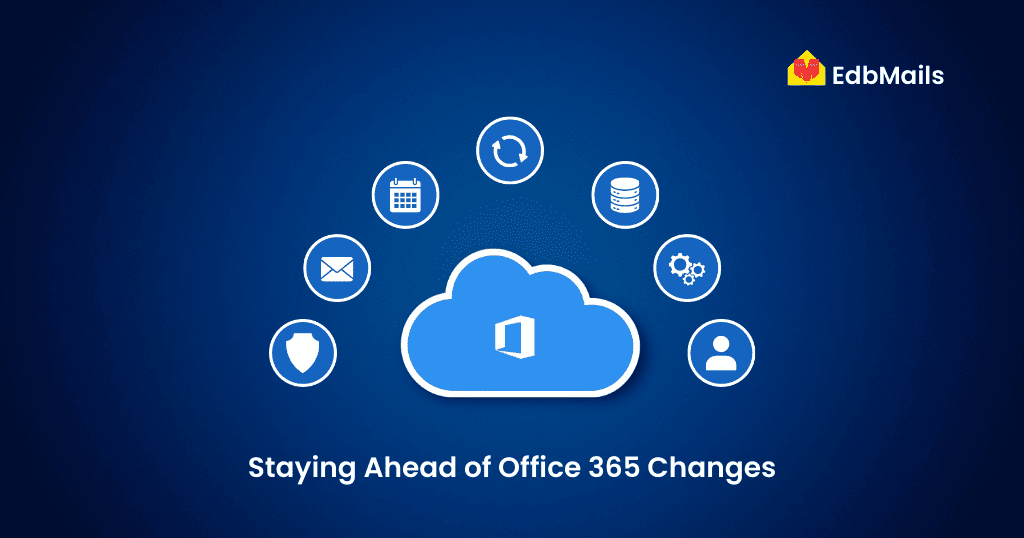Introduction
IT administrators often face the challenge of keeping up with the constant updates in Office 365. While these changes bring new features and improved security, managing them effectively can be overwhelming. Without the right strategy, organizations risk confusion, disruption, or missed opportunities to leverage valuable updates.

The Shift in change management
Before cloud platforms, organizations had complete control over change management. New feature rollouts or even routine maintenance went through several layers of review and communication. End users were usually informed through detailed emails and prepared well in advance.
With the arrival of Office 365, this approach has shifted. While the platform simplifies administrative tasks and strengthens security, updates are rolled out directly by Microsoft. This can sometimes create challenges for IT teams used to tighter change control. For example, the introduction of the “Clutter” folder, powered by machine learning, redirected emails automatically. Many users were caught off guard when important messages appeared in the wrong place, highlighting the need for better awareness and preparation.
Challenges with Office 365 updates
- Sudden rollouts with limited prior control
- Users adjusting to unexpected features
- Increased responsibility on IT admins to track and manage changes
- Risk of disruption in productivity if updates are not properly communicated
How to manage changes in Office 365
1. Stay updated on announcements
Microsoft provides several resources that help administrators stay informed:
- Follow Office 365 weekly blogs
- Subscribe to the Message Center weekly digest
- Use the unofficial Office 365 roadmap RSS feed
- Refer to official Azure documentation for related changes
2. Organize the change review process
With the volume of changes released, it’s easy to lose track without a structured approach. Tools like Trello or Microsoft Planner can help IT teams review, track, and prioritize updates systematically.
3. Delay and test before adopting
A practical strategy is to delay the rollout of new features initially. This gives teams the chance to review, test, and enable changes when they are ready. The challenge is that many updates are enabled by default, so staying alert and updated is essential.
EdbMails Office 365 migration solution
For organizations managing complex environments, migrations can feel just as challenging as updates. EdbMails Office 365 Migration offers a scalable, high-performance solution for tenant-to-tenant migrations. It ensures secure, effortless transfers so IT teams can focus on adapting to changes without worrying about data integrity.
Conclusion
Change management in Office 365 may be challenging, but it doesn’t have to be chaotic. By staying informed, organizing a review process, and testing before adoption, organizations can turn frequent updates into opportunities for growth. With the right tools and strategies, embracing change can enhance productivity and strengthen the Office 365 experience.
Additional resources:



